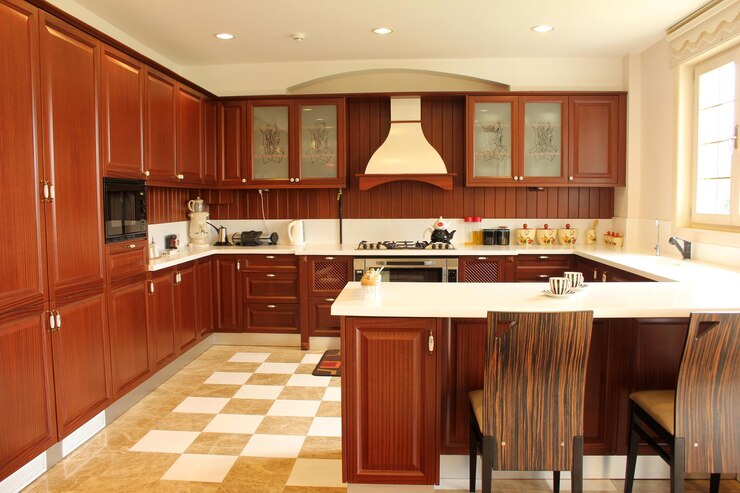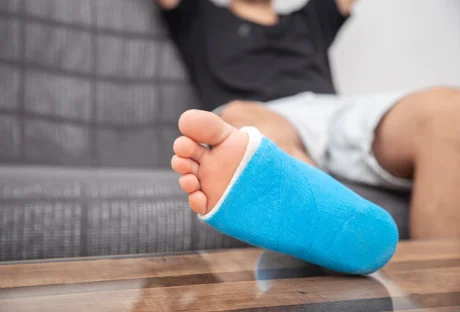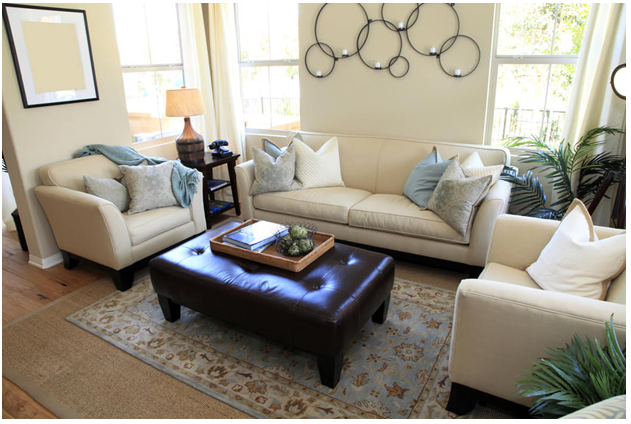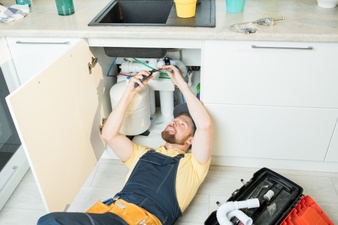If you’ve been shopping for range hoods, you’ve noticed that brass hoods are beautiful and come in a range of styles and types.
You may have a good idea of what you want your hood to look like in your kitchen but have no idea how to actually choose the right one.
You should consider what kind of ventilation and exhaust you will need, where you plan to place your hood, and what added figures would simplify your life.
Here are a few ways to narrow down the list to the right brass range hoods for your kitchen:
Top 4 Ways of Selecting The Right Brass Range Hood For Kitchen:
1. Ranges Hoods for Homes with Ducts
The ultimate function of a range hood is to ventilate the smoke and particulates that come from cooking. You’ll want to consider whether you need ventilation in the unit or hook up the unit to your existing ventilation.
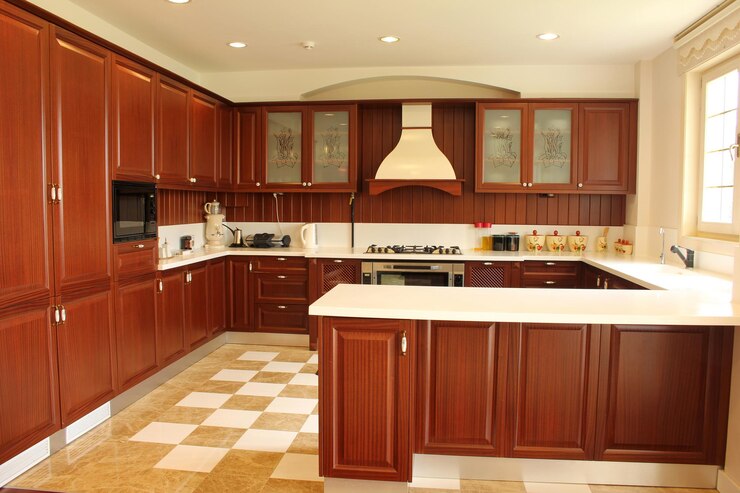
Many homes have full external venting. A fan will push air and smoke up through ductwork and into the attic or outside of the house. Unless you are building your home or fully remodeling your kitchen, you probably already have this setup.
You will need to decide if you want an integrated or remote blower on your brass range hood. An integrated blower will be located in the range hood itself. A remote blower will be located in the attic or somewhere along with the ductwork. A remote blower is generally quieter, as long as you have a space to set it up.
2. Range Hoods for Homes without Ducts
If you don’t have a duct system in your house, you can choose a brass range hood and install a ductless fan kit. A ductless fan will filter and recirculate the air to clean and deodorize it before releasing it back into the room.

Under-cabinet hoods use this type of ventilation, but you can also purchase the island and wall-mounted units with this type of fan.
For ductless units, it’s important to decide what kind of filter you will use. Charcoal, fiber, or ribbed plastic filters are common types.
Aluminum mesh filters are washable, have fibers to remove contamination, and are more expensive in the short term but reusable and more cost-effective in the long term. Charcoal filters are the most common but have to be replaced about twice a year.
3. Consider Added Features
In addition to choosing your favorite style, your brass range hood might also serve as an additional light in the kitchen.
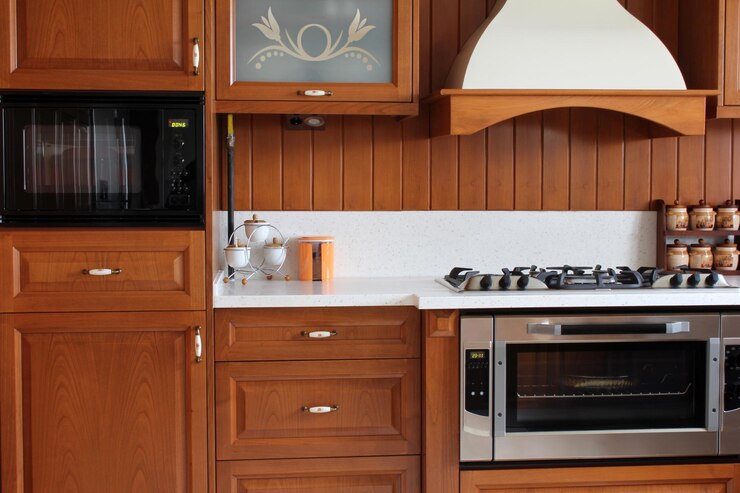
A large range hood will cast a shadow over your cooking space, so you’ll want to install LED, fluorescent, or other bright light bulbs. You can also add a pot rail on some units to hold your pans.
4. Purchase a Brass Range Hood for Function, Love It for Design
Now that you know how to choose the functional components of your brass range hood, you can shop online and order one with your favorite style and finish.
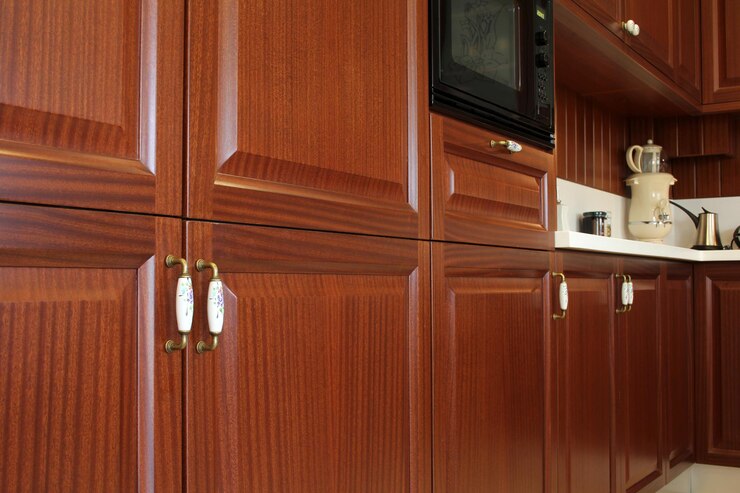
The simple process takes a few clicks and some custom measurements. In no time, you’ll have the perfect range hood for your kitchen.
Additionals:













